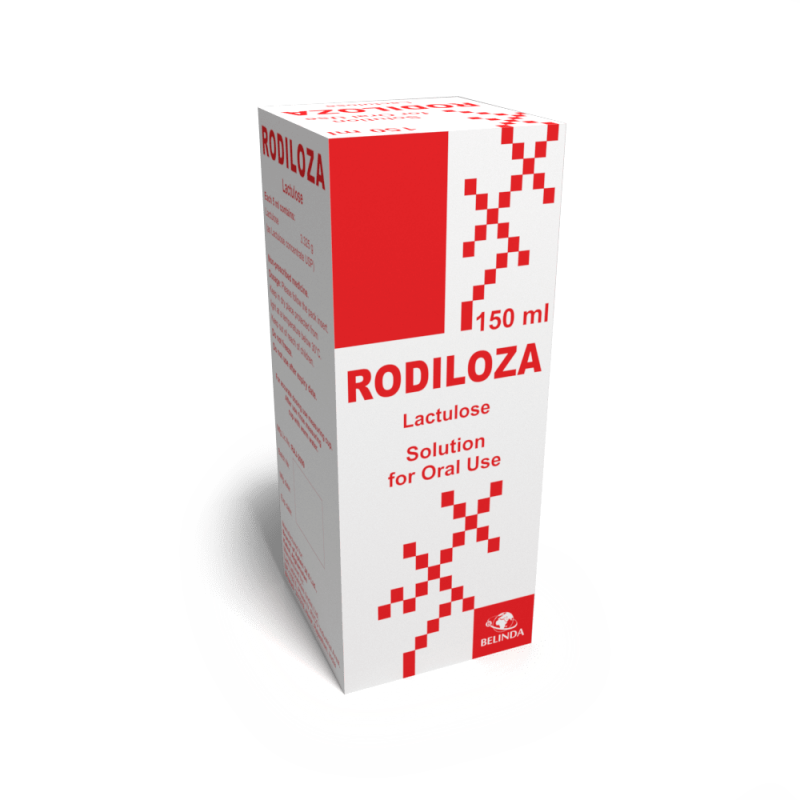
Rodiloza
Over the counter
Lactulose passes almost completely unabsorbed from the gastro-intestinal tract and essentially unchanged into the large intestine, where it is metabolised by saccharolytic bacteria mainly into lactic acid and small amounts of acetic and formic acids.
Manual
Each 5 ml contains:
Lactulose 3.325 g. (as Lactulose concentrate USP)
Rodiloza should be used with the following indications:
- constipation, chronic constipation, constipation in pregnancy, hemorrhoids;
- hepatic encephalopathy (serious liver disease, following by neuropsychiatric disorders);
- salmonellosis (acute disease of the digestive tract) except for generalized forms (infectious agents in
blood); - digestive disorders, food poisoning associated with putrefaction children up to 10 years;
Rodiloza can be used in pregnant and breastfeeding women, children older than 6 weeks, the elderly and people who had resection of hemorrhoidal bolus.
Dosages can vary depending on the severity of the condition. Initially, a large dose is taken, followed by a reduced maintenance dose after the first three days of treatment. Only one daily dose is necessary, preferably in the morning.
Initial dosage (3 days):
Adults: 15 –45 ml (1-3 tablespoons).
Children 7–14 years: 15 ml (1 tablespoon).
Children 1 – 6 years: 5-10 ml (1-2 teaspoons).
Infants less than 1 year, excluding the neonates: 5 ml (1 teaspoon).
Maintenance dosage:
Adults: 15-30 ml (1-2 tablespoons).
Children 7–14 years: 10 ml (2 teaspoons)
Children 1 – 6 years: 5-10 ml (1-2 teaspoons).
Infants less than 1 year, excluding the neonates: 2,5 – 5 ml(1 teaspoon).
Management of hepatic encephalopathy.
Initial dosage: 30 – 50 mL 3 times daily; this dose is subsequently adjusted to produce 2 to 3 soft stools each day.
Shelf-life after first opening the immediate packaging: 28 days.